ETH4D Projects Test Sanitation Solutions in Guatemala
Two Research Challenge projects have tested interventions around clean water and waste treatment in Guatemala. The study results are helping to inform future innovation and implementation for project partners in the region.
Chlorination Intervention for Rural Supplies Guatemala
PI: external page Dr. Sara Marks (Eawag Water Supply and Treatment Group)
Partner: Helvetas Guatemala

Rural communities in Guatemala are among the most underserved in the world when it comes to centrally treated drinking water. When existing water treatment solutions are implemented, they often fail due to some of the same problems that characterize many development projects: difficulties with repairing and replacing parts, lack of local supply chains for necessary materials, and reliance on sustained behavioral change. Wanting to avoid falling into these same patterns with a promising chlorination device, Dr. Sara Marks and her team partnered with Helvetas Guatemala and the Ministry of Health of Sololá Municipality to conduct a before-and-after intervention study of the technology through a Research Challenge Grant.
The study helped evaluate the design, installation, and promotion of the A’Jín, a chlorinator developed with low costs and local production in mind, to inform a larger intervention being undertaken by Helvetas. Four water chlorination systems were installed and monitored over a period of six months. The A’Jín was found to significantly reduce faecal contamination, with the share of tap water samples with detectable E. coli dropping from 28% to 1%.
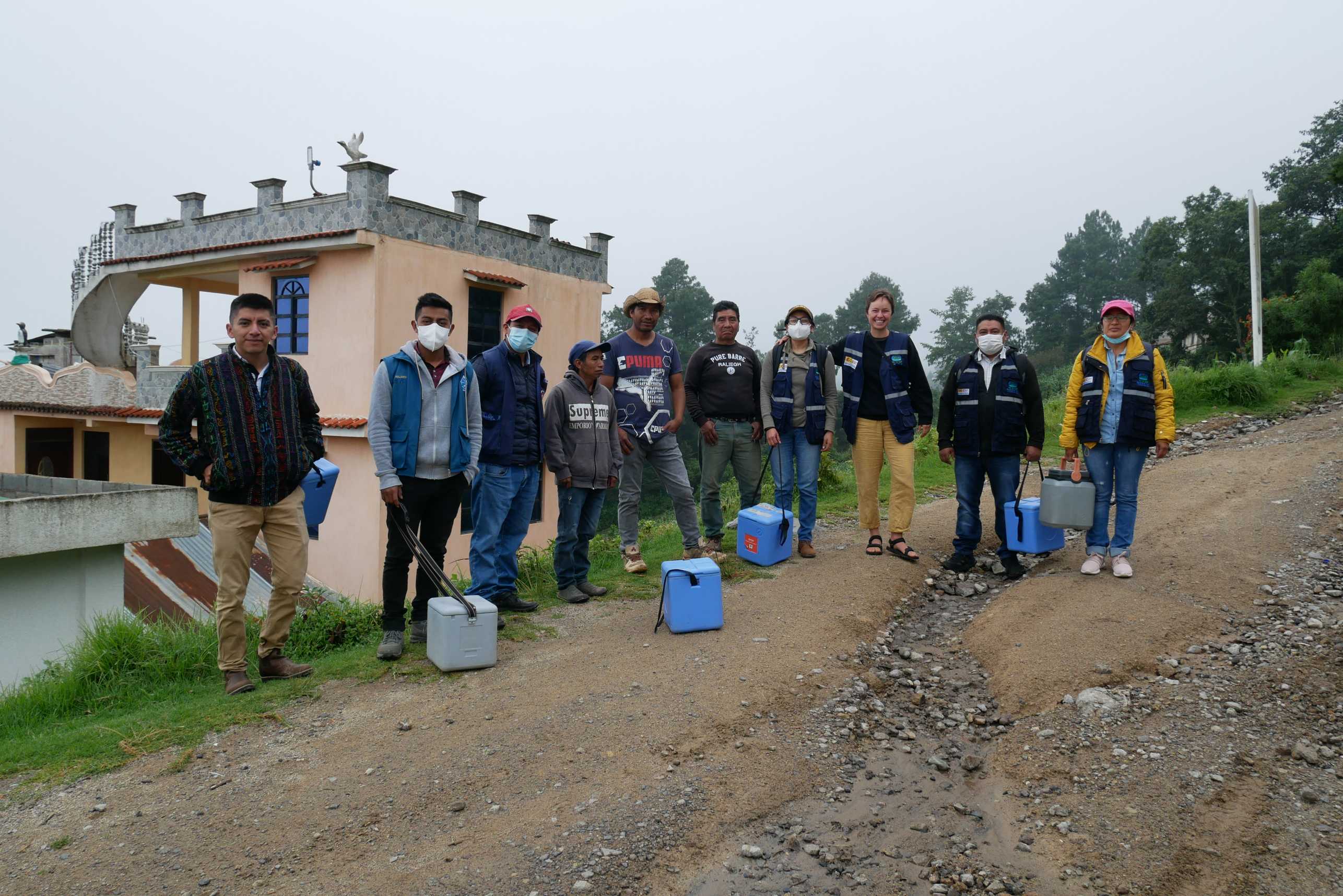
Despite this success, and while many household users reported satisfaction with the system and their resulting water quality, the study uncovered concerns at the operational level. For the system operators, reported disadvantages of the device included challenges like frequent clogging and availability of chlorine tablets. Their feedback revealed the need for further prototyping of the A’Jín. Dorian Tosi Robinson managed the implementation of the project and communicated findings like these and resulting recommendations through two knowledge sharing workshops with local stakeholders. The team was then able to co-develop an improved prototype design.
Moving forward, the improved A’Jín device is being rolled out by Helvetas and the Ministry of Health to reach tens of thousands of Sololá residents with great promise, informed by the learnings from this project. You can read more about the study via the team’s recent external page publication in PLOS Water.
Research Challenge: Human Feces-derived Biochar for agriculture in Guatemala
PI: Prof. Johan Six (Sustainable Agroecosystems)
Partners: external page Mosan, external page Vivamos Mejor

What if our waste management systems saw human excreta as a resource? In contributing to a closed-loop sanitation solution, the team behind this Research Challenge Grant project led by Prof. Johan Six imagined exactly this.
Project partner Mosan GmbH has been working to develop methods for recovering valuable resources from human excreta, such as phosphorus, nitrogen, and potassium, through their container-based sanitation solutions for communities around Lake Atitlán Guatemala. These solutions allow for urine and feces to be collected in sealable containers via waterless toilets. This waste is then processed via a technique called pyrolysis to transform the waste into an organic fertilizer in the form of biochar.
-
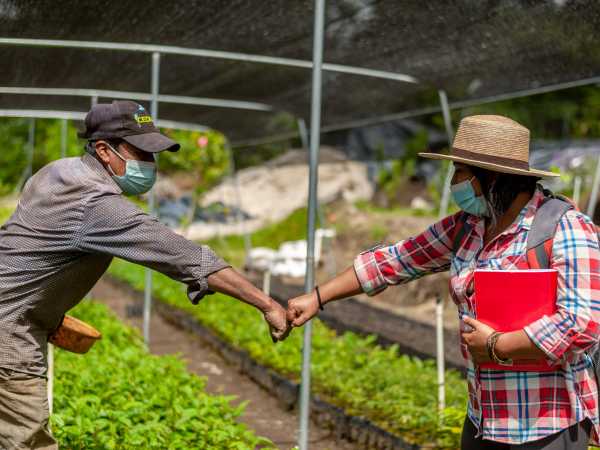
Mosan visit to the research center CEDRACC of AVM. Copyright Mosan -
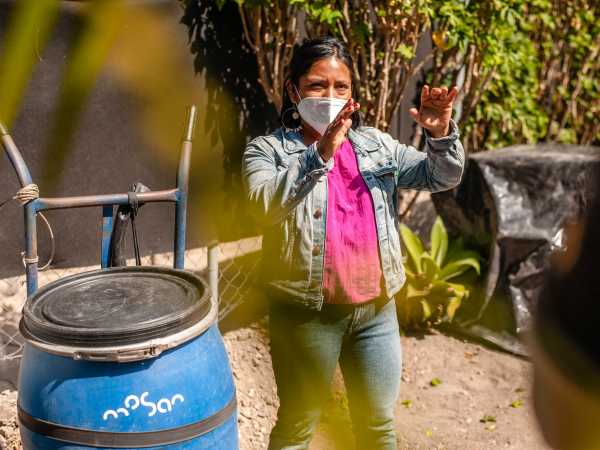
AVM visits Mosan operations: the team presents the technologies and processes. Copyright Mosan -
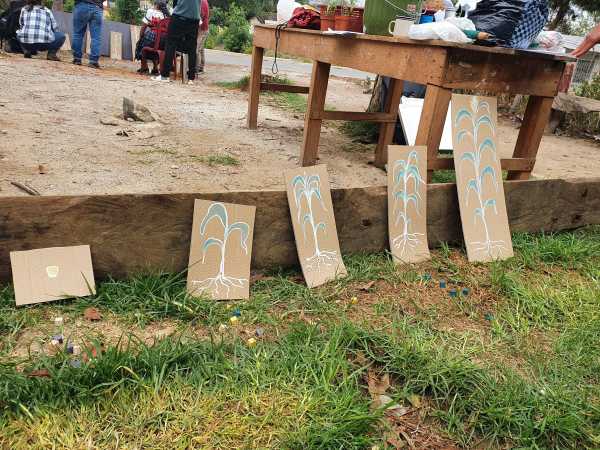
Hands-on design workshop with a farmer collective. Defining the field trial for maize. Copyright Mosan -
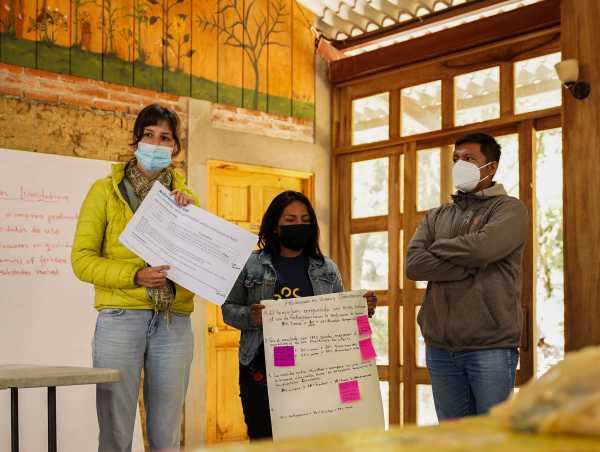
Workshop to define research process and hypothesis. Copyright Mosan
This project tested variations of biochar blends, including urine-enriched biochar, both in the lab in Switzerland and on Guatemalan farmlands, with the aim of finding a commercially viable, scalable product that can support a transition towards circular waste-agriculture systems. Partnership with the non-profit organization Vivamos Mejor enabled relations with farmers who were interested in testing the biochar on their crops, and willing to share their needs and feedback on the concept through stakeholder workshops.
The team found that the biochar fertilizer resulted in statistically similar crop productivity improvements in field trials compared to the synthetic fertilizer alternative. The success of the final biochar blend offers an effective approach for container-based sanitation. Down the road, it may offer potential for Mosan to sustainably expand its container-based solution in the region, thereby improving both the existing sanitation landscape and agricultural productivity.